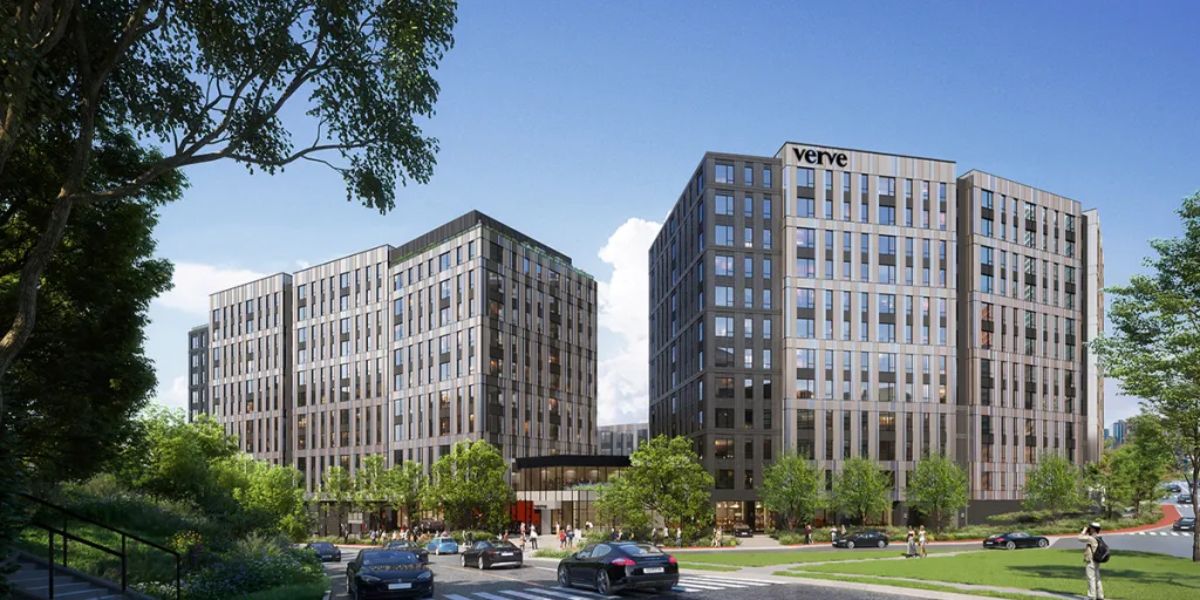Spring has largely been a bust for home developers this year, with more than half of U.S. markets seeing slower-than-usual sales. However, four metros bucked this downward trend.
Chris Porter, senior vice president of research at John Burns Research and Consulting, revealed during a webinar last week that new-construction markets have stalled in much of the country, with Florida and Texas taking the biggest hits.
Out of the 50 large metros included in John Burns’ April evaluation, only four were rated as strong: Indianapolis, Chicago, San Diego, and Southern California’s Orange County.
The findings are based on John Burns’ assessment of new-home market conditions conducted every month, which factors in sales and pricing, before rating the markets “very slow,” “slow,” “normal,” “strong,” or “very strong.”
“Although active listings in San Diego, Los Angeles, Indianapolis, and Chicago are up year over year, inventories in each of these metros are still below their pre-pandemic norms,” says Jake Krimmel, senior economist at Realtor.com.
A slow market averages just one to two sales per community per month, has weaker pricing, increasingly relies on incentives to move inventory, and is a fertile ground for discounts or price cuts.
On the other end of the spectrum, a strong market sees an average of four to five sales per month and benefits from monthly price increases.
A normal market falls somewhere in between, with two to three sales per month, softer prices, a growing use of incentives, and some price cuts.
Midwest and Southwest markets rise above the pack
Dillan Krieg, senior research analyst at John Burns, tells Realtor.com that different factors are fueling the nation’s four robust new-construction markets.
In the cases of San Diego and Orange County, the key takeaway is that both of those metros are undersupplied and highly desirable, allowing builders to do brisk business there while keeping prices relatively high.
Krieg points out, however, that John Burns did recently downgrade the two metros from very strong to strong in light of the markets’ softening of the past few years.
“General issues with affordability, mortgage rates, a weakening resale market, slowing demand from international buyers, and significant political/economic uncertainty are all part of the story and driving lower sales and weaker pricing power than we’ve previously seen,” he says.
But even so, both Orange County and San Diego outperformed much of the U.S. in sales rates, boasting median sale prices for new-construction homes of $1,605,000 and $1,026,000, respectively.
Turning to the Midwestern hubs of Chicago and Indianapolis, the analyst explains that the trends affecting those cities are different.
Chicago’s current conditions are similar to Orange County, in that the Windy City suffers from a major supply gap, which has proven to be a boon for builders, according to Krieg.
“The market has held up very well and continues to see strong pricing and sale, particularly among the larger builders, who are fairly dominant in the market,” says the analyst.
According to the latest available John Burns data, the typical new home in Chicago costs $482,000.
Indianapolis differs from the three other strong markets because, according to Krieg, its strength comes from being a major growth market in the Midwest, with a median price of $411,200 in the new-home category.
“It’s seen a significant number of corporate relocations and continues to sport positive job growth and domestic migration,” the John Burns expert explains. “It’s also relatively affordable compared to a lot of other markets around the country, with builders seeing both strong sales rates and pricing power as a result of these factors.”
“When it comes to new construction specifically, Southern California, Chicago, and Indianapolis don’t build a lot of new housing compared to metros in states like Florida and Texas,” adds Krimmel.
Spring leaves homebuilders disappointed
Amid growing economic uncertainty related to policy decisions and sagging homebuilder confidence, a higher-than-typical number of markets have been downgraded this spring.
“That’s pretty unusual for this time of the year,” explained Porter during the webinar. “This is the spring selling season. We usually are upgrading some markets.”
“When you combine the rarity of new construction with relatively tighter inventory to begin with, you can see why new-home sales in those markets like those four look very different from new-home sales in Florida and Texas,” explains Krimmel.
As seen on the map above shared by John Burns, 51% of America’s new-home markets were rated slow. Suffering from cooling demand and lower in-migration rates, Florida stood out for having the largest cluster of slow new-home markets, which included Orlando, Tampa, and West Palm Beach.
Texas had the second-largest concentration of underperforming new-build communities, with Houston, Dallas, and Austin falling in that category.
As shown on the map, a further 43% of the new-home markets across the U.S. were classified as normal, among them such major metros as Los Angeles, Atlanta, and Boston.




